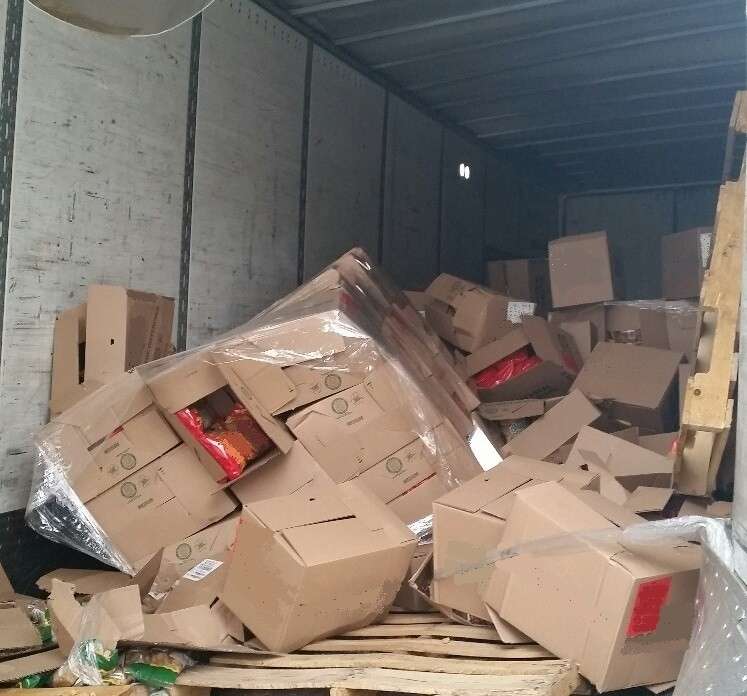
Movers Damage Claim: Even if you choose a professional moving company, there are no assurances that your personal possessions will not be lost or damaged during your relocation. Fortunately, there are steps you can do to increase the likelihood that your belongings will be reimbursed or replaced if they are damaged or lost during your relocation.
What is the key? It all comes down to documenting the state of your belongings before and after the move, as well as filing a formal movers damage claim.
Start by compiling a list of all of your possessions in one location. Make a few copies of this list for yourself and your movers. This will allow you to keep track of which items were misplaced or did not arrive at your new location.
To go with your home inventory list, create an album with images of your assets. Make a date and time stamp on these images. If your belongings are nicked, scratched, or smashed during the move, this can assist you to show damages during the moving claims procedure.
If you file a claim with your moving company, the claims adjuster will want to see the state of your damaged belongings prior to the transfer. Without this picture evidence, your case will be weaker.
If you want to secure your belongings, the basic coverage that moving companies are obligated to give by law won’t go you very far. Obtain additional coverage or purchase a separate moving insurance policy. This will increase your moving costs, but it will be worth it if your belongings are damaged or destroyed.
Full-value protection is the most complete and costly sort of insurance. Your movers will either compensate you for the full current worth of your items, repair your damaged items to their original state, or replace your damaged or lost items with new ones under this coverage.
If you’re transporting more valuable products, it might be worth it to pay a little extra for full-value insurance. This is the most effective strategy to ensure that you are adequately compensated if these products are damaged or lost.
If you didn’t buy full-value insurance, your moving company may only refund you for a portion of the cost. If you merely got “released-value” insurance, for example, your movers will value your belongings at 60 cents per pound. Your movers will only refund you 60 cents for each pound your flat-screen TV weighs if it is destroyed during the transfer.
Also Read: How to Pack your Flat Screen TV for a Move
Your movers should present you with an itemized list outlining the things they moved and the condition in which they arrived on moving day. The bill of lading is what it’s called. Take a good look at this list. Make a note on the list if the moving company scratched your furniture when moving or if something is missing. If you need to file a claim with your movers, this will provide extra evidence. Make a note of any items that were misplaced during the move.
It doesn’t imply you can’t file a claim if you don’t indicate the damages on the form. Documenting your concerns on the bill of lading, on the other hand, can strengthen any claim you make.
You’ll get a resolution faster if you file quickly. You have nine months from the date of your move to file a claim, according to the Federal Motor Carrier Safety Administration. And you must file your claim on your own. Do not rely on the movers to file your insurance claim on your behalf.
The first step is to call your moving company and request official claim papers. All movers will be required to fill out such papers, and there will be a formal complaint procedure in place.
Make a note of the broken objects on your movers’ documentation. Make a note of any damage to your new home as well. If your kitchen walls were scraped or your bedroom floor has divots, make a note of it. Damage to your home is the responsibility of the moving provider.
Once again, photographs are your best friend. Take as many photos as you can of your damaged things and submit them with your complaint. Include any images you took before the move of these goods. This is an important component of recording the damage to your belongings or residence.
Keep in mind that movers aren’t usually responsible for damage to anything within boxes you packed yourself. What if the plates you packed in a box break when they arrive at your new home? If you packed that box yourself before the transfer, you won’t get paid.
The claims process begins once you’ve completed the paperwork and sent it in. In most cases, your movers will appoint a claims adjustor to look over your complaint. After you register your complaint, you should receive a reimbursement offer from the moving firm within a week.
Accept your moving company’s offer if you’re happy with it. Inform your movers if this is not the case. They could make a counter-offer. If they don’t, and you’re still unhappy, you can launch a civil case to get your money back. This can be a time-consuming and expensive operation.
Note: Interstate movers, or those who relocate from one state to another, are required to participate in an arbitration program. If you and your moving company can’t agree on reimbursement or replacement of damaged items, your claim will be heard by a neutral arbitrator under this program. The decision of the arbitrator will then be definitive. This is frequently the least expensive method of resolving a disputed claim.
You can also register complaints with the Better Business Bureau, the United States Department of Transportation, and the American Moving and Storage Association if you are dissatisfied with your movers’ settlement offer.

Also Read : Best Interstate Moving and Storage of 2021
You and your moving company will work out a schedule for when the movers will pick up and deliver your belongings. Your movers may use the term “delivery spread” to specify the period in which you may expect your belongings to be delivered to your location.
It’s critical to include specific dates in your contract. Don’t just say “as soon as possible” when you want your products delivered. You can make a claim for delay-of-shipment if your mover fails to pick up or deliver your belongings on the dates stated. You must show that the delay resulted in expenses that you had to cover.
You want everything to go as smoothly as possible throughout your relocation. Documenting your belongings before and after your transfer is the best method to ensure this. This way, if your furniture, electronics, or kitchenware are damaged by movers, you’ll have the proof you need to undo the damage.
Related Articles:





